T4K3.news
EU US tariff deal reached
Donald Trump announces a 15% tariff on EU goods alongside major investment commitments.

Trump and von der Leyen announce a tariff deal with lasting implications.
EU and US strike a deal over tariffs
Donald Trump revealed a trade deal with the EU that introduces a 15% tariff on most goods coming from Europe to the US, along with significant investments required from the EU in US energy products. While this tariff rate is lower than previously threatened, the agreement has sparked dissatisfaction, particularly among European leaders who view it as unfavorable when compared to a recent UK deal. Additionally, the accord requires the EU to purchase $750 billion worth of energy resources and invest $600 billion in the US economy, which includes military equipment. Analysts note the deal's lack of clarity on tariff classifications, especially regarding pharmaceuticals and certain agricultural products, leaving many questions unresolved.
Key Takeaways
"A 15% tariff on European goods, forced purchases of US energy and military equipment is not negotiation."
Analyst Prashant Newnaha comments on the imbalance of the deal favoring the US.
"The crippling uncertainty is largely over, the deal is bearable for the EU."
Holger Schmieding from Berenberg Bank reflects on the stability the deal offers.
The newly announced tariff deal between the US and the EU carries significant weight in international trade dynamics. Trump's insistence on maintaining a 50% tariff on steel and aluminium, alongside the unchanged high tariffs on car imports, suggests a continuing protectionist path that could restrict economic growth in both regions. The perceived imbalance in investment commitments raises concerns about the deal's long-term sustainability and fairness. While the EU seeks predictability, the agreement seems to reinforce divisions, particularly regarding trade across Ireland's borders. This development illustrates the broader challenges of navigating international trade post-Brexit and the ongoing repercussions of previous tariffs.
Highlights
- Fifteen percent tariffs send a clear message to European leaders.
- Without clarity, trade agreements remain a ticking time bomb.
- A deal that favors one side over the other is not a real negotiation.
- US consumers will likely pay the price for these tariffs.
Ongoing tensions over trade policies
The new tariffs could lead to backlash from European countries and impact economic relations.
As the dust settles, the true effectiveness and fairness of this deal will be tested.
Enjoyed this? Let your friends know!
Related News
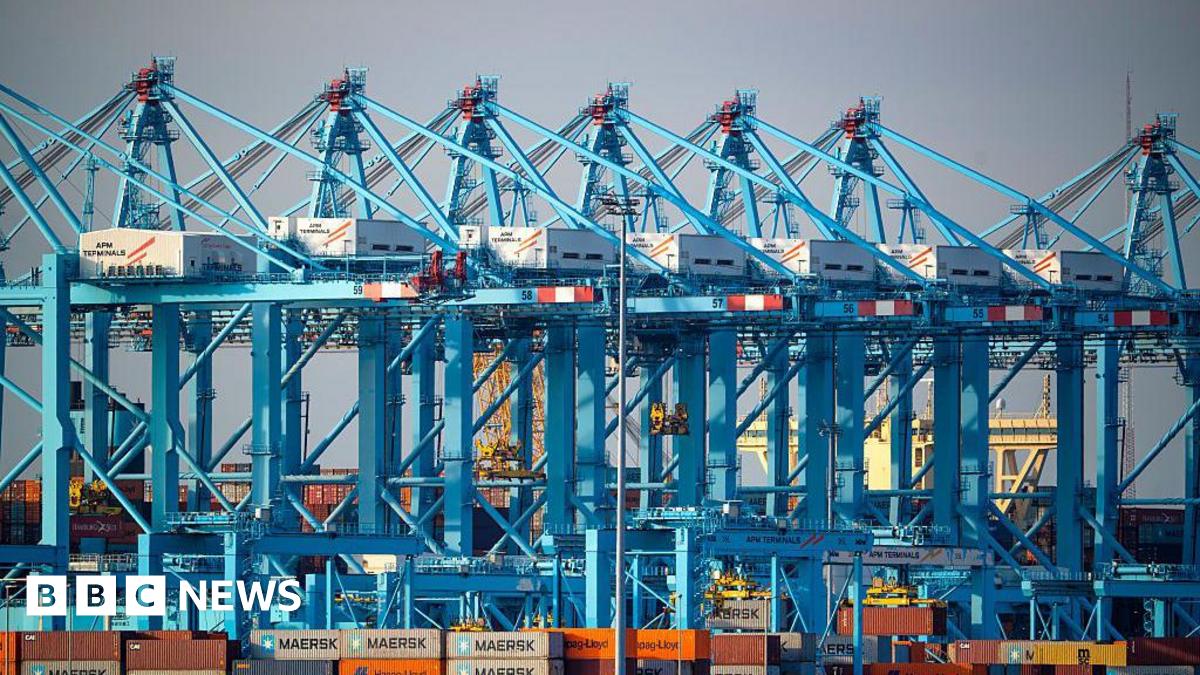
EU negotiators work for trade deal before US tariffs take effect
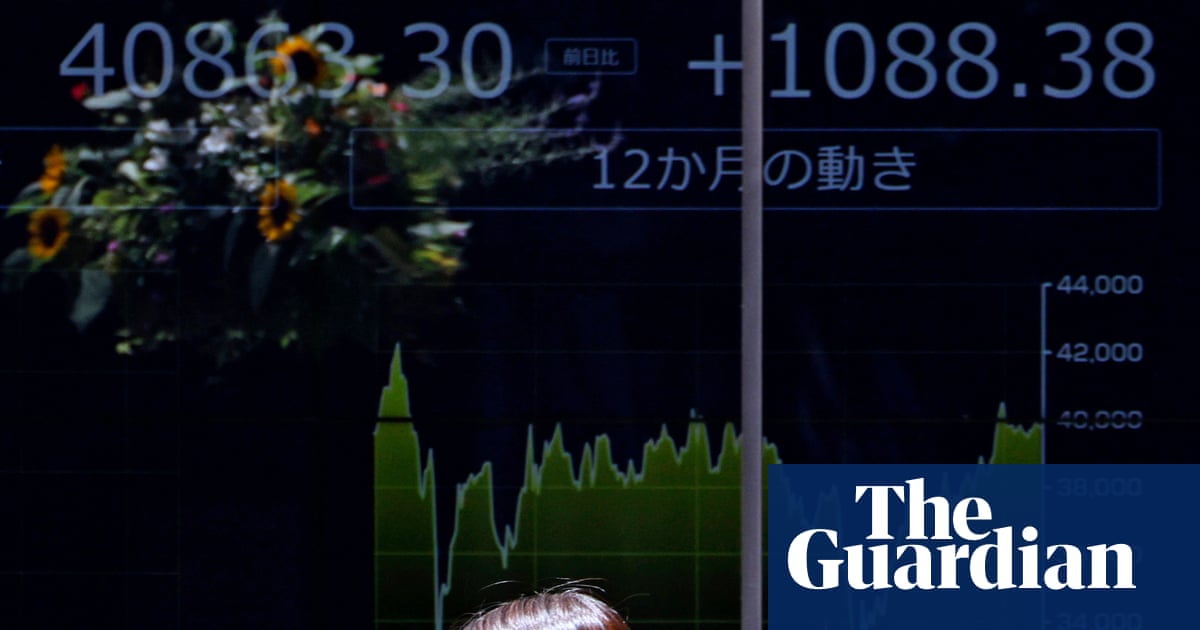
Markets rise after Trump tariff agreement with Japan

Stock markets fall sharply after Trump tariff announcement
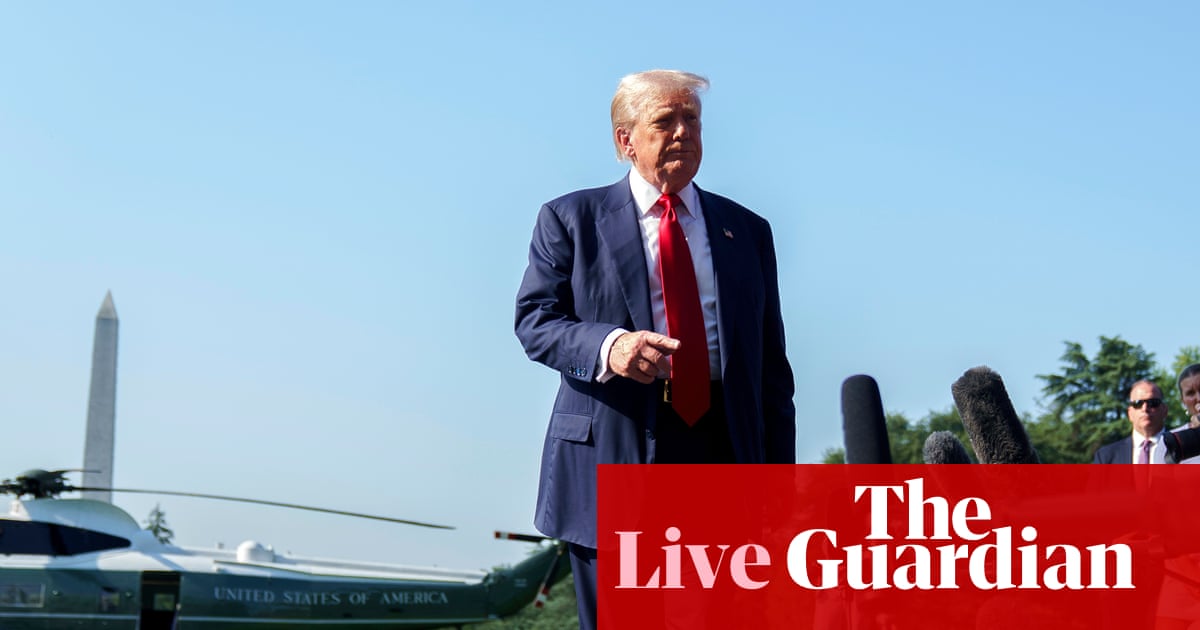
Trump states 50-50 chance for EU trade deal
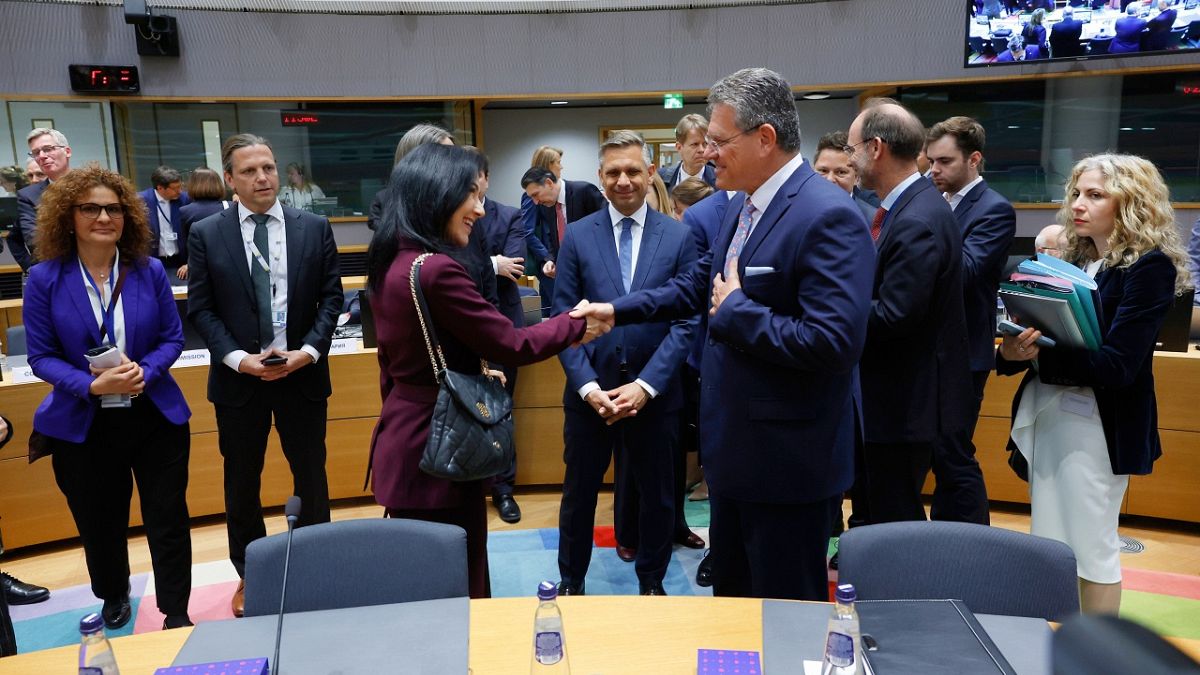
EU prepares for potential tariffs in trade dispute with US

US-EU trade deal limits tariffs to 15%
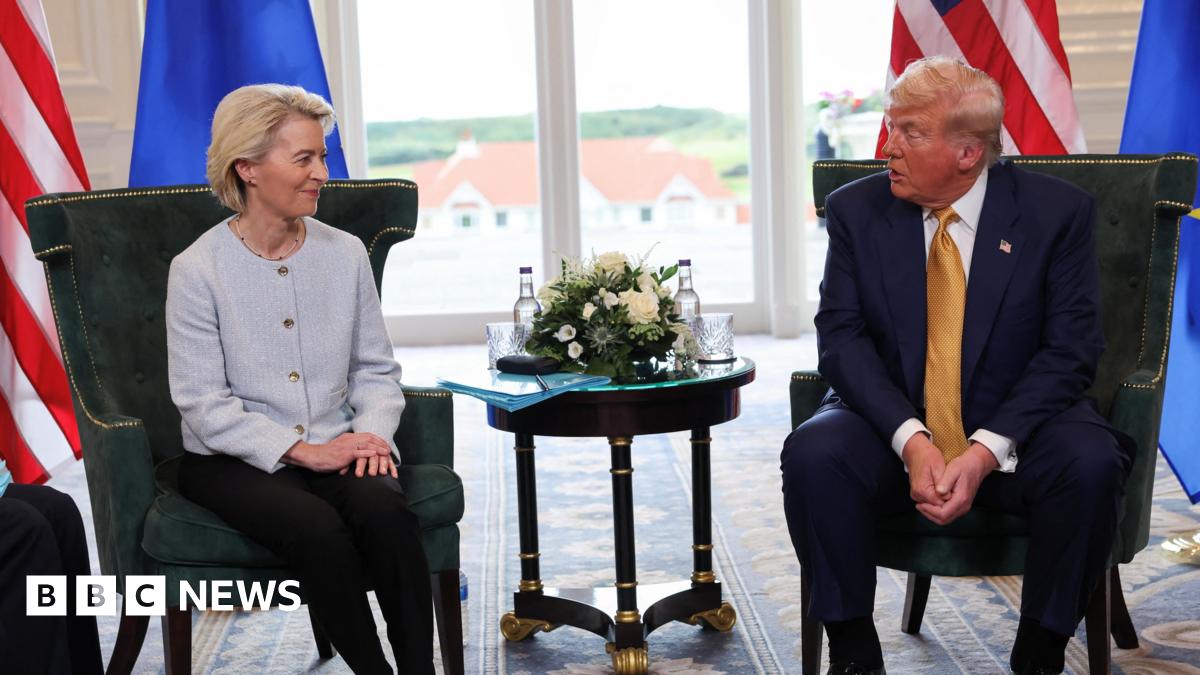
EU and US finalize trade deal with 15% tariffs
